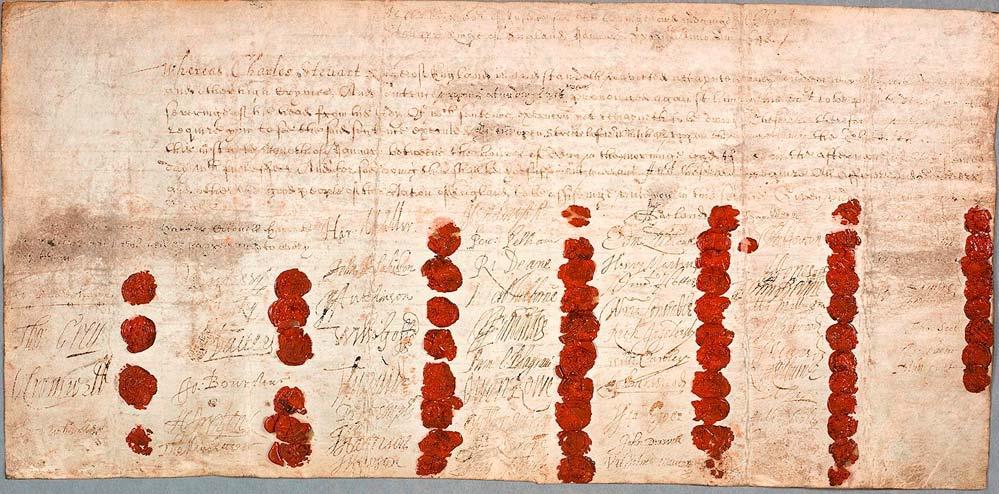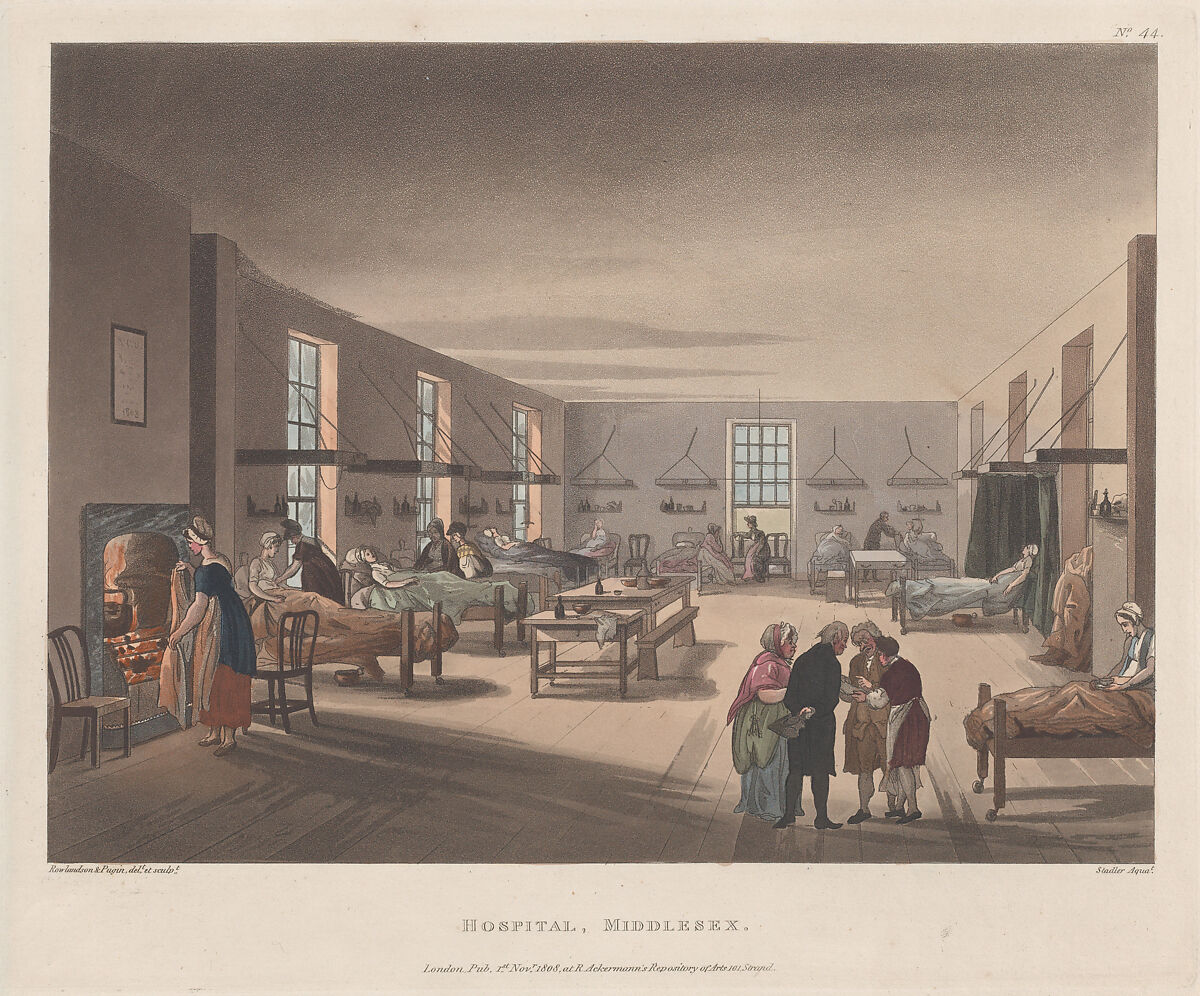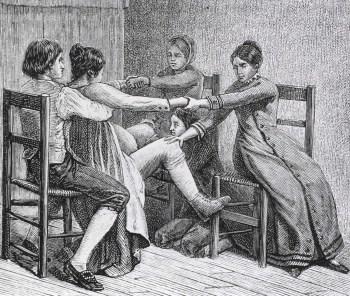Medical Men in the 18th Century
Interregnum

Death Warrant of King Charels I, 1649 (UK Parliament)
Between 1649 and 1660, the English government was suspended between successive reigns, a period known as Interregnum. With the absence of religious rule, Episcopal licensing began a steady decline. This was evident as republic formed and skepticism grew about the role of religion in science, while debates emerged over licensing midwives within a secular framework. The licensing decline directly contrasted with the rise in male midwives, creating new problems for ecclesiastical licensing as it conflicted with both science and religion. This decline of midwife regulation was when the roots of male midwifery began to take hold.
Professionalization and Medicalization
Between 1750 and 1850, the Enlightenment inspired the professionalization of medical practice through science and education. While colleges opened across Europe to train practitioners, women were not given access to formal education. Midwifery classes were only available to men, boosting them and reinforcing the belief in women's incompetence. Many physicians feared that formal regulation and education of midwives would threaten their standing
Midwives maintained their community-based practice by the early 1800s, but the rise of lying-in hospitals (est. 1793) threatened their position as it shifted authority to physicians and surgeons.

Hospital, Middlesex, 1808 (Met Museum)
The London Obstetrical Society Diploma ( Sage Journals)
By 1872, the London Obstetrical Society began issuing certificates of competence to midwives. Although it improved a midwives’ status, it limited them to attending ‘natural labors’. By the late 1800s, male practitioners delivered half of the total deliveries in England as more women sought hospital deliveries. Despite this, midwives continued to carry out at-home births because of the lack of trained male midwives.
The man midwife … cannot be compensated at all by the mere lying-in fee, unless it leads to other business. I know of no surgeon who would not willingly have given up attending midwifery cases provided he could retain the family in other respects – but that is unprofitable as every accoucheur knows …’
-Bristol Surgeon
Formal Education
Although medical colleges were established as early as 1518, obstetrics were initially prohibited. This cemented the exclusion of midwifery from the medical world and reinforced the idea that midwifery was not a legitimate medical practice.
By 1775, male midwives had increased popularity as their formal education equipped them with special instruments for childbirth, while women, who were denied these opportunities, lacked the knowledge to compete against them.In German medical schools, Midwives became simple assistants to the male doctors and were denied any chance to receive advanced training.
This lack of formal education stripped midwives of their authority and professional standing, shifting these rights and responsibilities to medical men.

Pioneer Birth Scene, 1887 (History Of Birth Of All Peoples)
“ While male practitioners have obtained the professional position and privileges due to them, and rightly claim equality with their brethren in other branches of the healing art, the midwives have not been so fortunate ; they have not been able to obtain State recognition of their services or to redeem themselves form the pressure of circumstances which for hundreds of years has oppressed them.”
- Dr. Malins, President of the Midland Counties Branch of the British Medical Association